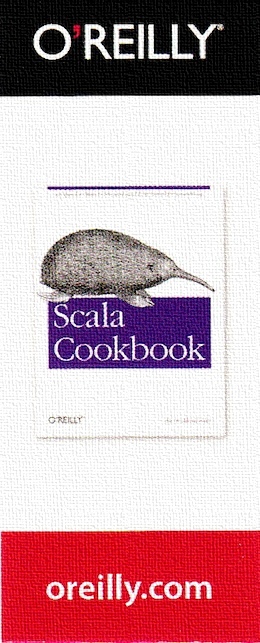Scala - How to find the unique items in a List, Array, Vector (sequence)
Scala FAQ: How do I find the unique items in a List, Array, Vector, or other Scala sequence?
Solution: Use the distinct method.
Here's a simple example using a List of integers:
scala> val x = List(1,1,1,2,2,3,3) x: List[Int] = List(1, 1, 1, 2, 2, 3, 3) scala> x.distinct res0: List[Int] = List(1, 2, 3)
As you can see, res0 now contains only the unique elements in the list.

